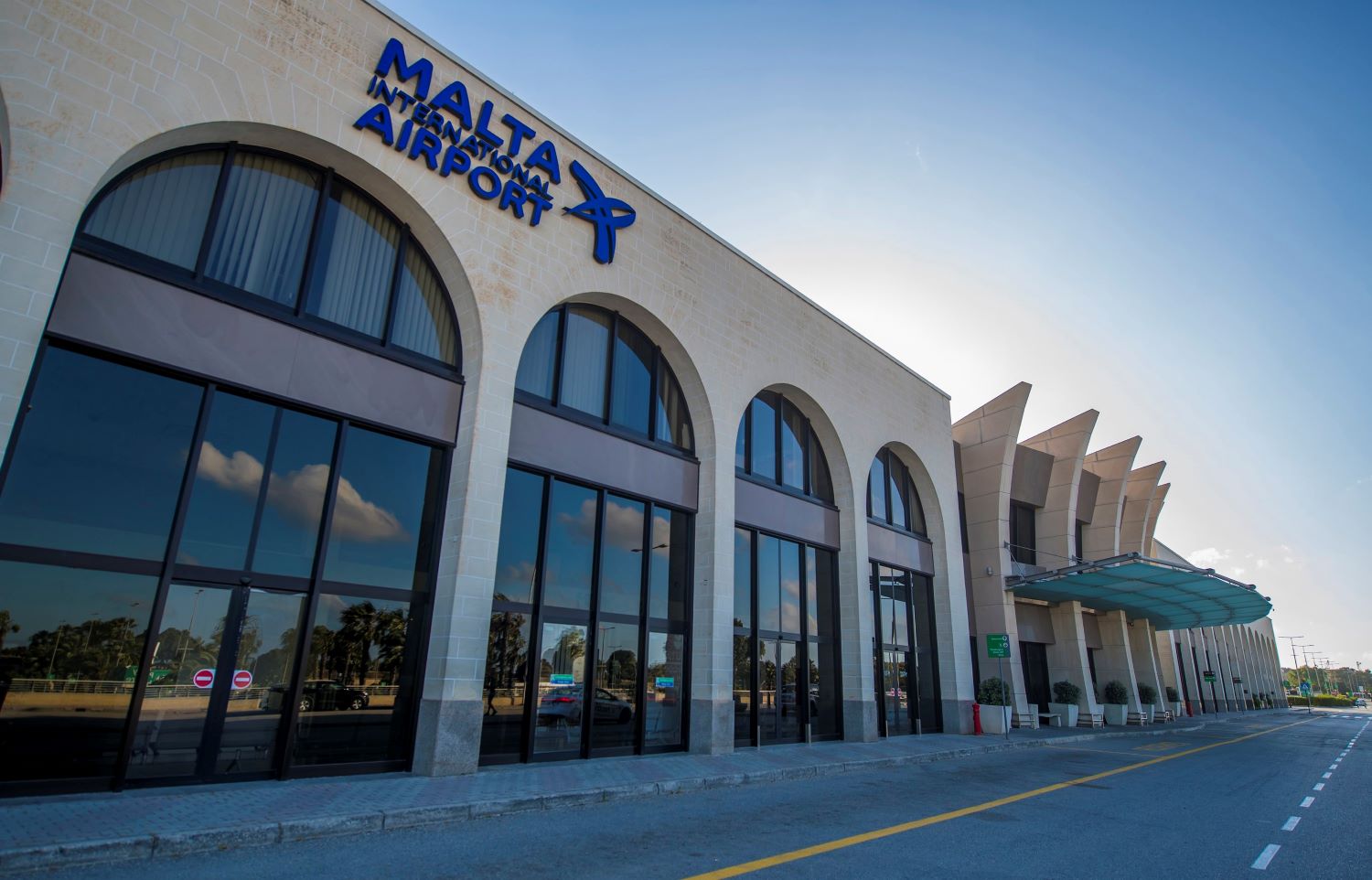Malta International Airport (MIA) ended what was initially set to be another year of traffic growth with 1,748,050 passenger movements, translating in a drop of 76.1 per cent over 2019, it said in a statement.
This is the lowest traffic result to be reported by MIA since the company assumed management of the air terminal in 2002, when full-year traffic amounted to 2.6 million passenger movements.
Standing at just 10 per cent of what was reported in December 2019, traffic for the last month of the year – which brought a decade of growth at Malta International Airport to an end – amounted to 46,475 passenger movements.
Data made available by Airports Council International (ACI) shows that European airports in general suffered the same plight last year, with this airport group registering an overall contraction in passenger traffic of 79.6 per cent and reporting the cumulative loss of over 6,000 routes.
Recovery and the way ahead
Several international industry organisations are predicting that, following an extremely rocky first quarter of 2021, the tourism industry may expect to start seeing signs of recovery with the onset of the summer season.
“In order for this prediction to materialise it is imperative that, over the next weeks, measures aimed at boosting consumer confidence take centre stage. A faster vaccine roll-out should be complemented by the establishment of much-needed uniform testing regimes and travel requirements at a European level,” said Malta International Airport CEO Alan Borg, whilst highlighting that failure to act quickly in this regard could result in another lost summer with catastrophic implications for the tourism industry and the wider economy.
Mr Borg welcomed the International Air Transport Association’s (IATA) recent appeal to key EU policymakers to agree on a common digital European COVID-19 vaccination certificate, which would constitute a huge stride towards the safe reopening of borders without the need for testing and quarantines.
Mr Borg said that this critical time should be used to put in place the technology required to scan such certificates and make the entry into the country as seamless as possible.
Despite the current uncertainty and shorter-term planning, MIA and the Malta Tourism Authority have remained in active discussions with partner airlines to work on rebuilding Malta’s connectivity, the MIA said in its statement.
Stakeholder collaboration in this regard is essential for the Maltese islands to be able to enjoy connections with Europe and beyond offered by a mix of low-cost and flag carriers, it continued.
Mitigation measures and guidance
Given that the first quarter of 2021 is expected to be as challenging as 2020, MIA “remains committed to work actively towards the preservation of the company’s liquidity through any cost-cutting measures deemed necessary”.
The company’s Board of Directors is scheduled to meet on 24th of February 2021 to conduct an assessment of the current situation, which continues to evolve.
During this meeting, the Board of Directors will be approving the company’s financial statements for the year ended on the 31st December 2020 and discussing other items on the agenda, including shareholder dividend.
While MIA generally publishes a forecast for the year in January, given the fluidity of the current situation and limited visibility of the way ahead, the company “does not have sufficient data to provide the market with reliable guidance at this time”.
MTA donates €3,000 award to marine conservation NGOs Sharklab Malta and Nature Trust
'Sharklab Malta and Nature Trust have been instrumental in supporting our marine environment'
Netherlands drives biggest import increase as Italy records steepest drop – NSO
The largest increase in imports between January and October 2025 was registered from the Netherlands
MTA unveils €7 million push to grow off-peak tourism through three new support schemes
Attract international visitors during the low and shoulder months, increase overnight stays, and generate stronger economic value






